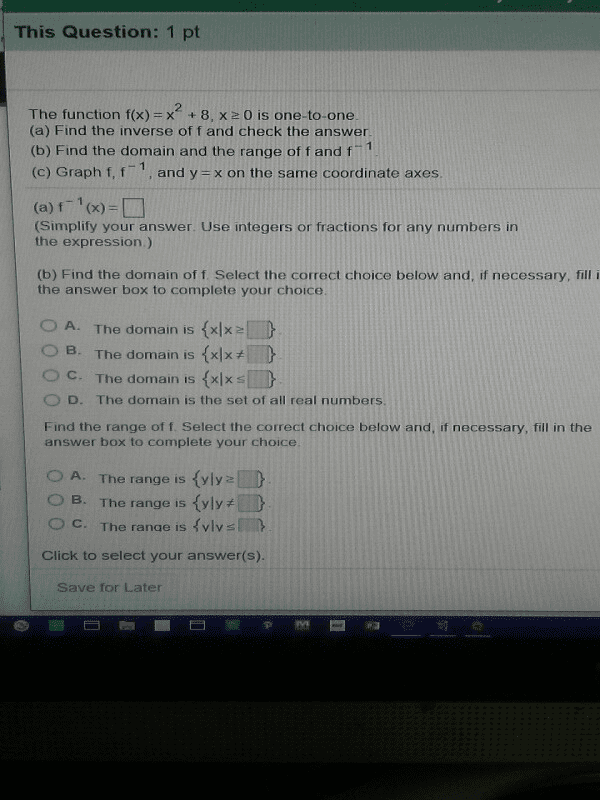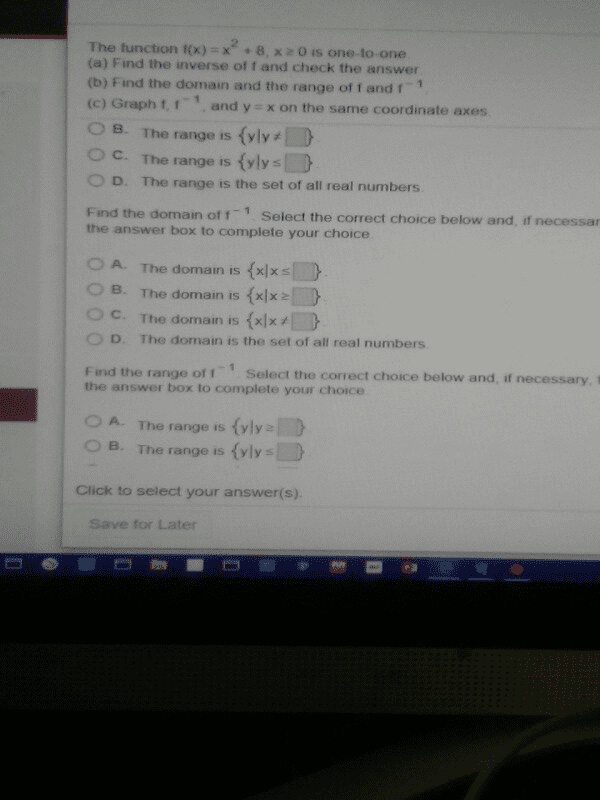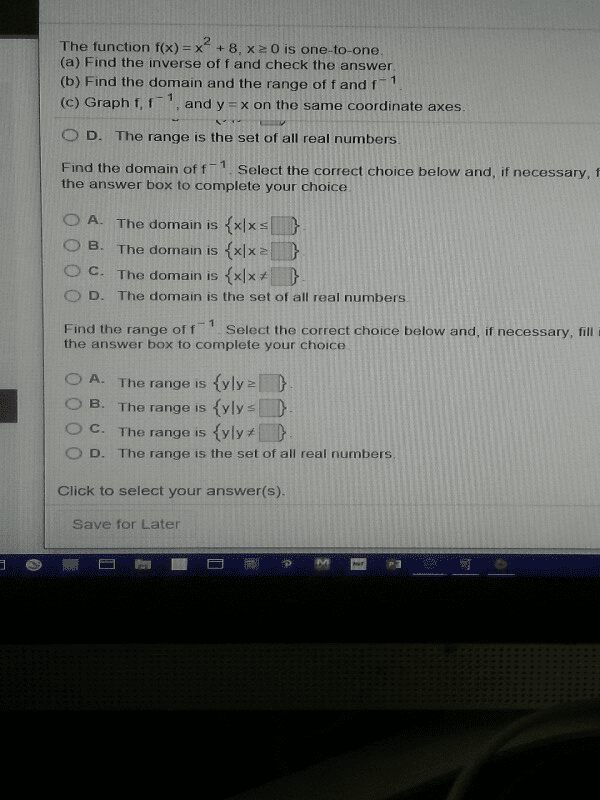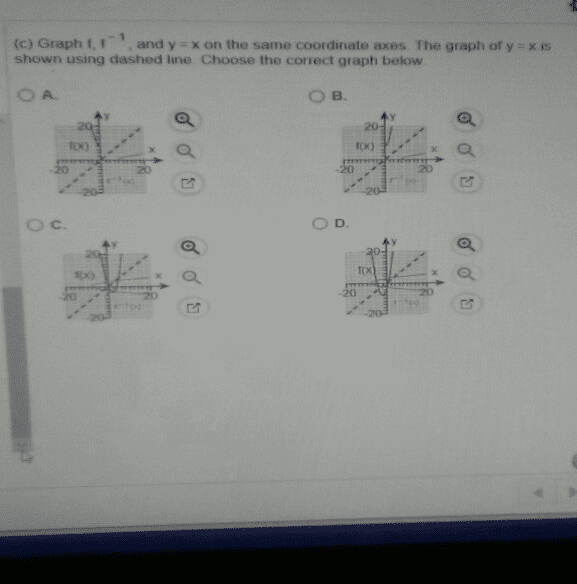MATH127 Lecture 6: Sept 19th- Inverse Functions and Logarithms
Document Summary
F^-1(f(x)) = log (subscript 2) (2^x) = xlog (subscript 2) 2 = x [because log (subscript2) and 2 cancel out] This is true for all f(x) = a^x for a>o, a cannot equal 1. Because if a is 1, its inverse becomes a vertical line (a vertical line is not a function because you can"t get the same output for multiple inputs, and log base 1 is undefined) The inverse of f(x) is f^-1 = log(subscript a) (x) Log(subscript a) triangle = a^ = triangle. Recall that the domain of exponentials is (-infinity, infinity) and the range of exponentials is (0, infinity) By knowing these, you can find the logs because they are the inverse of each other. Sketch y = (1/2)^x and log (subscript )x. V for volume, 2 for doubling, t for time, 20 for 20minutes. 10^39 = 2^t/20 log(subscript 2) 10^39 = log(subscript 2) 2^t/20. 39 log(subscript 2) 10 = t/20 log(subscript 2) 2.





